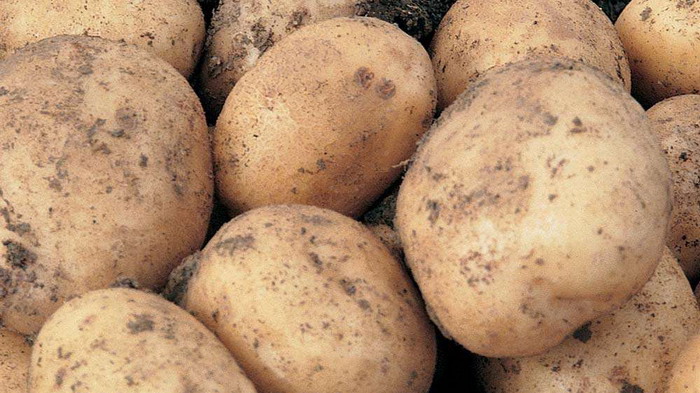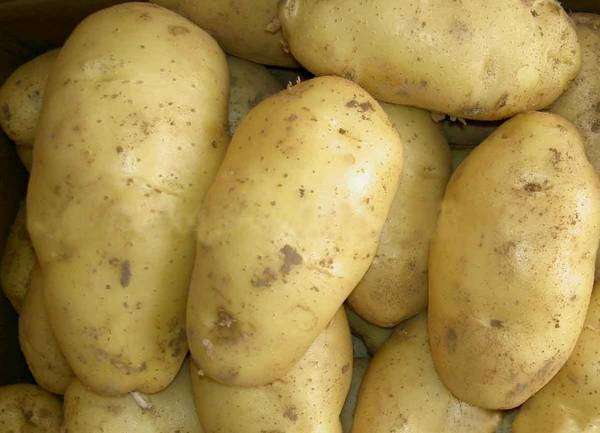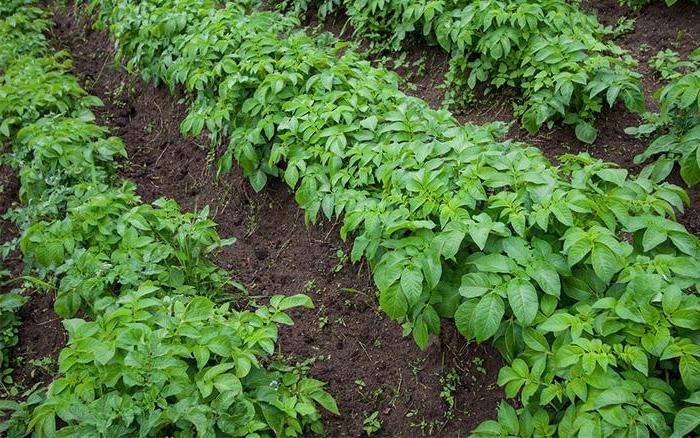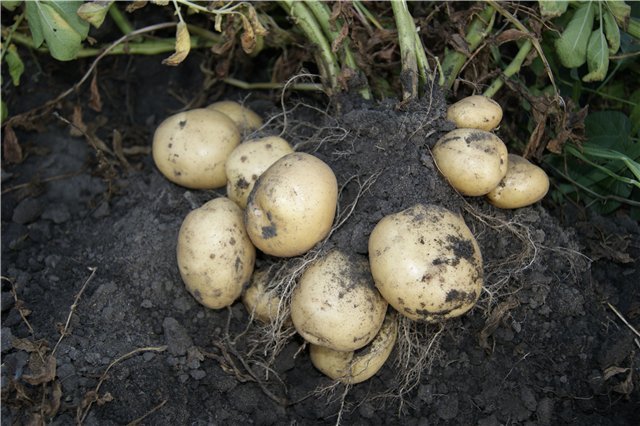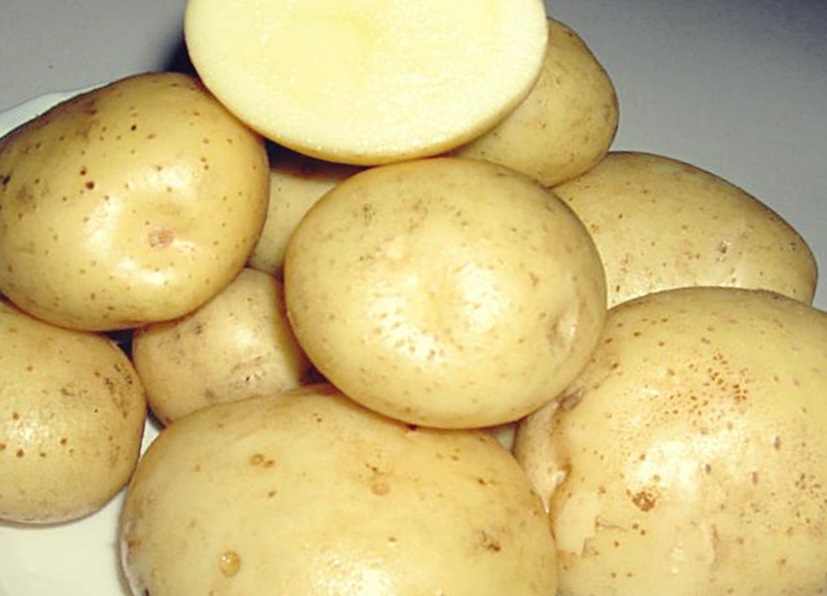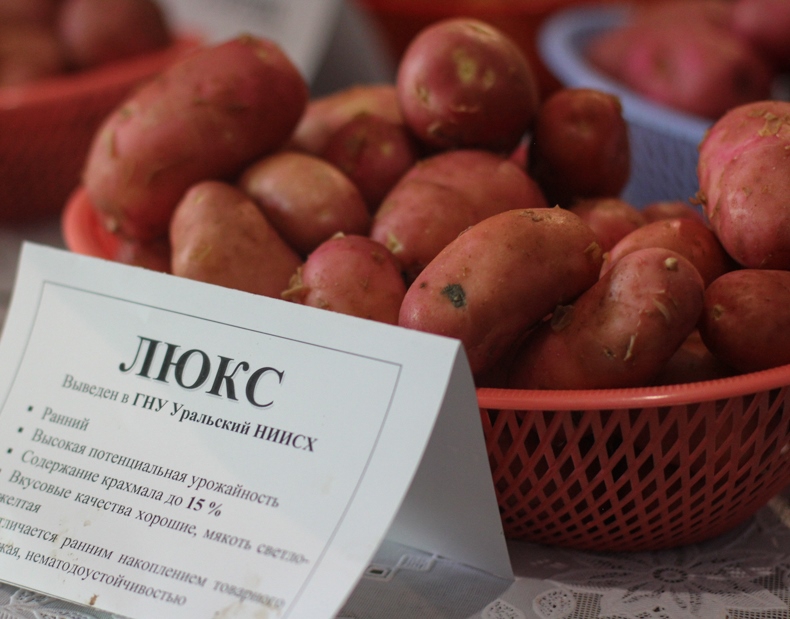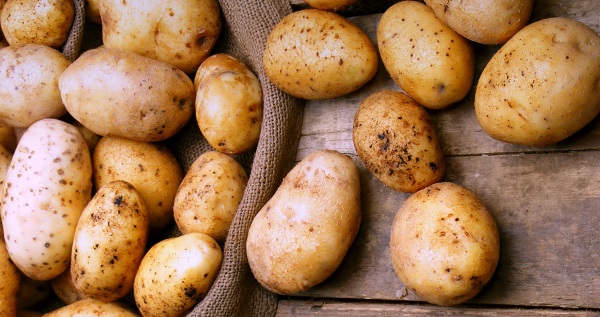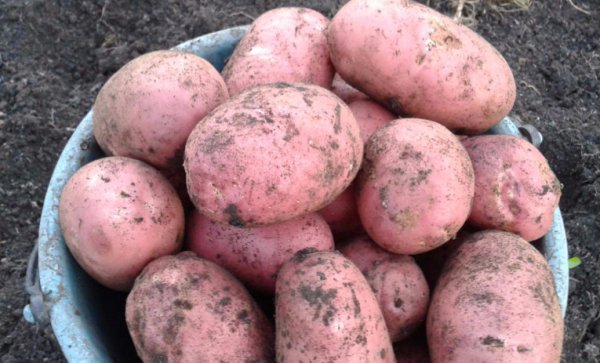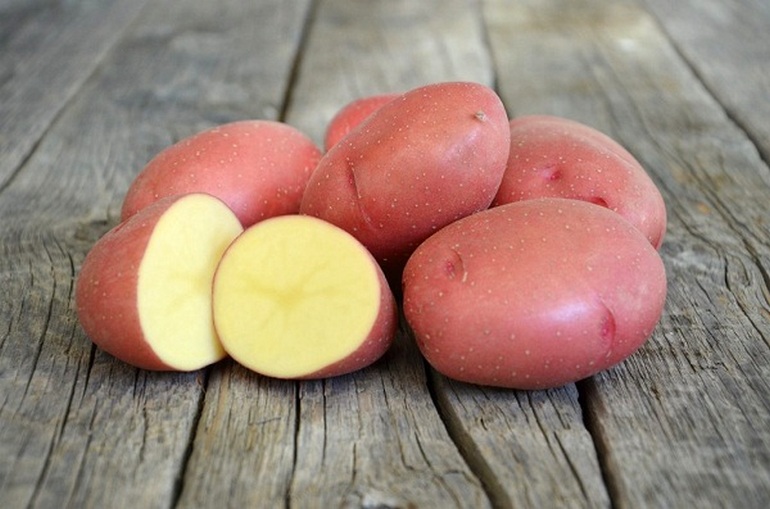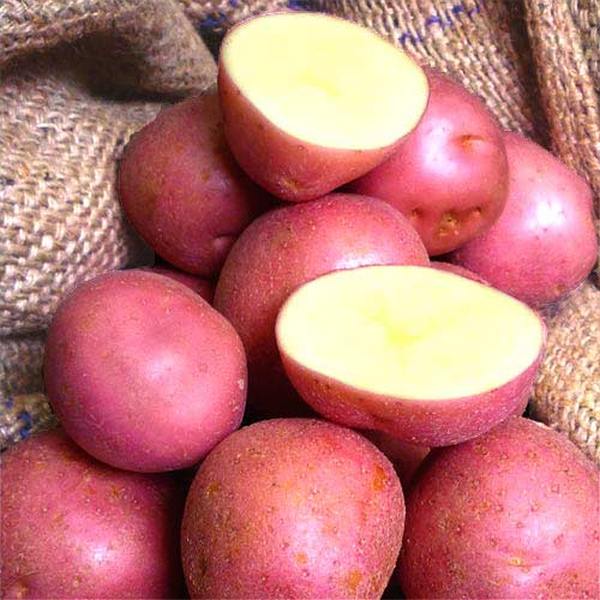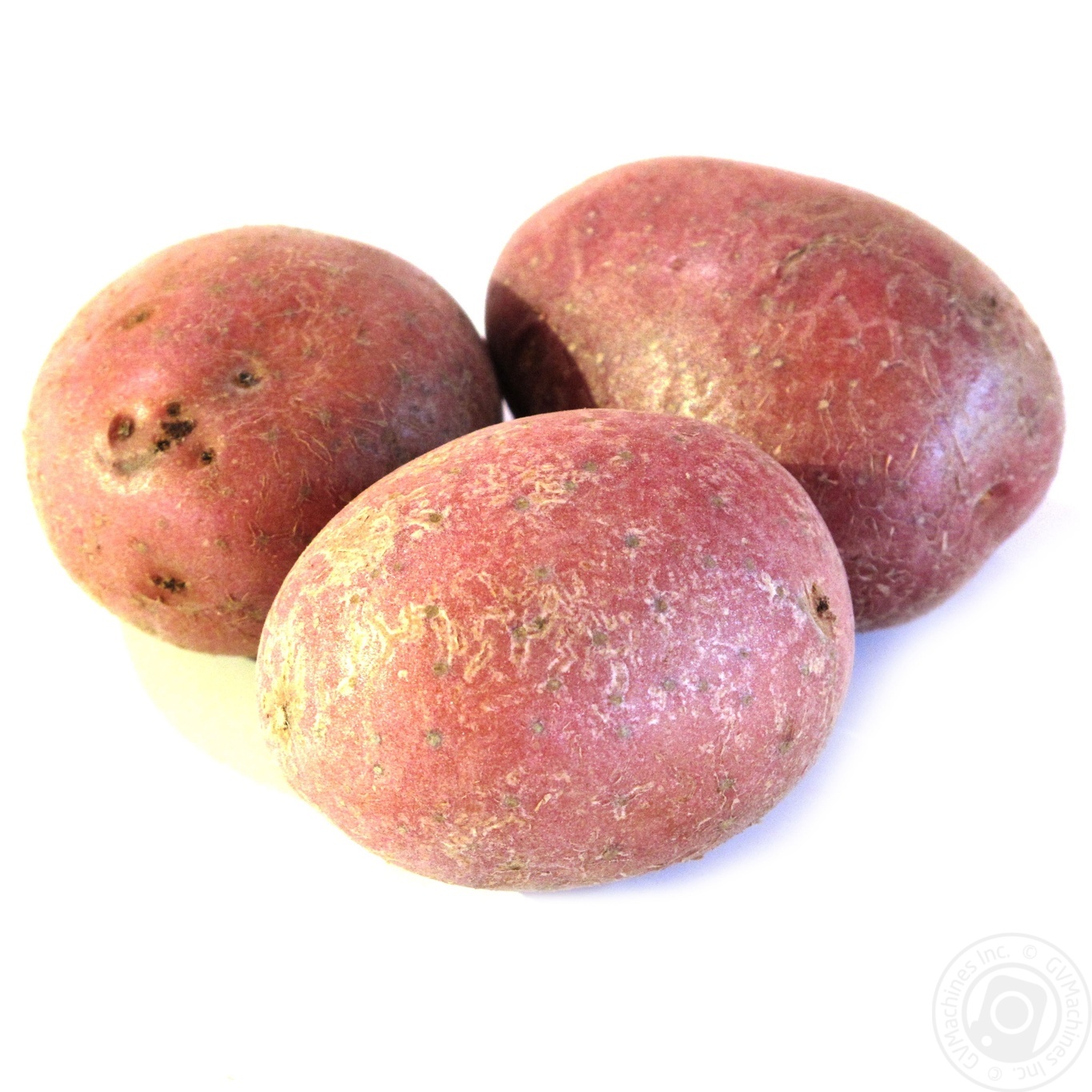Content:
For more than one century, it is difficult to imagine a garden plot without abundant plantings of potato crops. The cultivation results in large mouth-watering potato fruits, from which you can prepare a huge number of excellent dishes. The Russian people have long compared potatoes to bread - this garden culture is so widespread in our regions. However, not every potato variety guarantees a high quality fall harvest. A number of varieties require special growing conditions, others are damaged by insects or easily affected by diseases, for the germination of the third, the presence of temperature drops is mandatory.
Culture history and growing areas
Created by breeders from Holland, a promising potato variety of the "Agrico" company, thanks to its balanced agronomic and gastronomic characteristics, which allows it to be grown even in industrial conditions, has been registered in the State Register of our country since 1993.
The list of regions recommended for growing Santa potatoes includes:
- Northern and Northwest part of the country;
- Central Federal District;
- Volgo-Vyatka region;
- Nizhnevolzhsky region;
- Ural and Western Siberia;
- Far East;
- Moldova;
- Ukraine.
Note. Santa potatoes are suitable for growing on farmland or private garden plots.
Agronomic features of Santa potatoes
From a climatic point of view, the Sante potato variety is described as an exceptionally thermophilic crop. This is evidenced by the fact that the most favorable conditions for its development are + 29 ° air temperature. The damage from exposure to low air temperature is expressed in a quantitative decrease in yield. The table variety of potatoes Santa belongs to the medium early category. After planting, you can start harvesting the finished crop in about 85 days.
Note. Delaying the harvest time can lead to the defeat of the finished tubers with putrefactive formations.
The flowering period, which begins immediately after the budding stage, is characterized by the appearance of corollas, in which large white flowers are collected. Erect bushes of potato plantations, belonging to the intermediate type, can be called quite tall. Dark green leaves of small size, distinguished by their simplicity, densely frame the surface of the stems. Oblong oval or rounded-oval fruits with dense uniform skin and pulp of the same yellow hue, the weight of which can reach 120 grams, are large in size.
The eyes on a smooth skin have a number of external characteristics:
- superficiality;
- shallow location;
- multiplicity.
Note. With proper care, about 20 pieces of Santa potato tubers are formed under each bush.
Landing
Note. Mulching the soil will help get rid of weeds.
Features of agricultural technology of potatoes Santa:
- Since the sante potato variety is thermophilic, the tubers should be planted in fully warmed soil;
- Before starting planting activities, the soil must be loosened;
- To clear the loosened soil from plant residues and other foreign inclusions;
- Dig 10-centimeter holes, the location of which relative to each other should be at least 35 centimeters;
- Fill each well with prepared compost fertilizer or wood ash;
- Plant potato tubers with a wide row spacing;
- Leave high ridges when hilling.
Note. The planting site for Santa potatoes should be well lit and the soil material should be oxygen-enriched.
Soil moisture level
Waterlogging, like drought during hot summer weather, stops the development of potato tubers. Also, during the budding and flowering stage, the drying out of the soil should be prevented by regularly watering the planting material.
Note. To obtain high yielding results, it is recommended to create conditions for a moderate intake of moisture to potato plantings by means of drip irrigation.
Other care tips
Seed renewal should be done every 5 years. The plot for planting Santa potatoes is prepared in the autumn season: deep digging of the soil is carried out, after which nitrogen fertilization is applied.
So that frost does not damage the seedlings, planting activities should be started when the temperature is set at a minimum mark of + 8 ° C (this air temperature is typical for the end of April). The surface of the area with the planted planting material must be leveled with a rake.
To prevent the growth of weeds, the site must be treated in a timely manner with one of the types of herbicides that can be bought in the store:
- solution of ammonium glufosinate "Bast";
- Roundup isopropylamine glyphosate salt;
- isopropylamine salt of glyphosate "Glyphos".
Pesticides aimed at destroying pests and parasites:
- German drugs "Prestige" and "Confidor-Extra";
- Swiss drug "Cruiser";
- domestic drugs "Taran", "Fitosporin-M" and "Alirin-B".
Disease prevention, pest control
Despite the resistance of Santa varietal potatoes to lesions of common scab, cyst nematode, tobacco mosaic virus, wrinkling / curling of leaves, as well as relative resistance to late blight disease, preventive measures should be taken to process planting material using preparations containing copper.
Note. The periodic change of planting sites is also the prevention of the occurrence of infections.
The list of horticultural crops that are recommended to be planted as predecessors of varietal Santa potatoes:
- legumes;
- cabbage planting;
- phacelia;
- radish;
- types of grasses typical for germination in meadows.
Note. In the interval between planting Santa potatoes, the working fields should be sown with phacelia or oil radish plantings.
Most often, potatoes are infected:
- alternaria;
- verticilliasis;
- fusarium.
Pest insects that threaten the germination quality of potato plantings:
- Colorado beetle;
- aphid;
- potato moth.
In order to get rid of the influence of the wireworm, pre-planting measures are taken to process potato material. They get rid of the Colorado potato beetle using compounds prepared according to folk recipes or using chemicals.
Note. To reduce the risk of pests, hilling and weeding should be carried out at the appropriate time.
Advantages / disadvantages of varietal potatoes
The starch content that distinguishes Sante potatoes against the background of other varietal representatives of potato crops is only ≈13%. Yield of Santa potatoes whose variety description indicates their suitability for long-term storage, provided that the harvested tubers are placed in a cool, dark place.Due to their low starch content and excellent gastronomic properties, Sante varietal potatoes are ideal for making chips.
In addition to intricate restaurant cuisine recipes for every taste, there are a number of the simplest dishes that Santa can make from potatoes:
- vegetable casserole (potato base);
- stuffed potatoes;
- fried potatoes.
Note. The maximum yield of one well-treated hectare of the field can be fifty tons.
In the food industry, Santa potatoes are used to make:
- semi-finished products;
- vegetable soups;
- vegetable mixtures.
Note. During the cooking process, Santa's potatoes are not subject to crumbling or darkening.
The disadvantage of this varietal potato variety is the extreme intolerance to low temperatures. When an excessive amount of fertilizer containing nitrogen is applied, the growth of the tops will accelerate, and the growth of tubers will slow down. Another negative feature of varietal Santa potatoes is their unsuitability for mashed potatoes, due to the low starch content. In addition, it is impossible to allow light exposure to the harvested crop - in the light, the tubers turn green, which indicates the presence of accumulations of toxic substances in them, leading to food poisoning.
Important! Toxic potatoes have a bitter aftertaste.
Santa varietal potatoes have excellent appearance and gastronomic characteristics. This representative of a garden culture has every chance of becoming the most preferred variety for any gardener who has tried growing it on his site.
